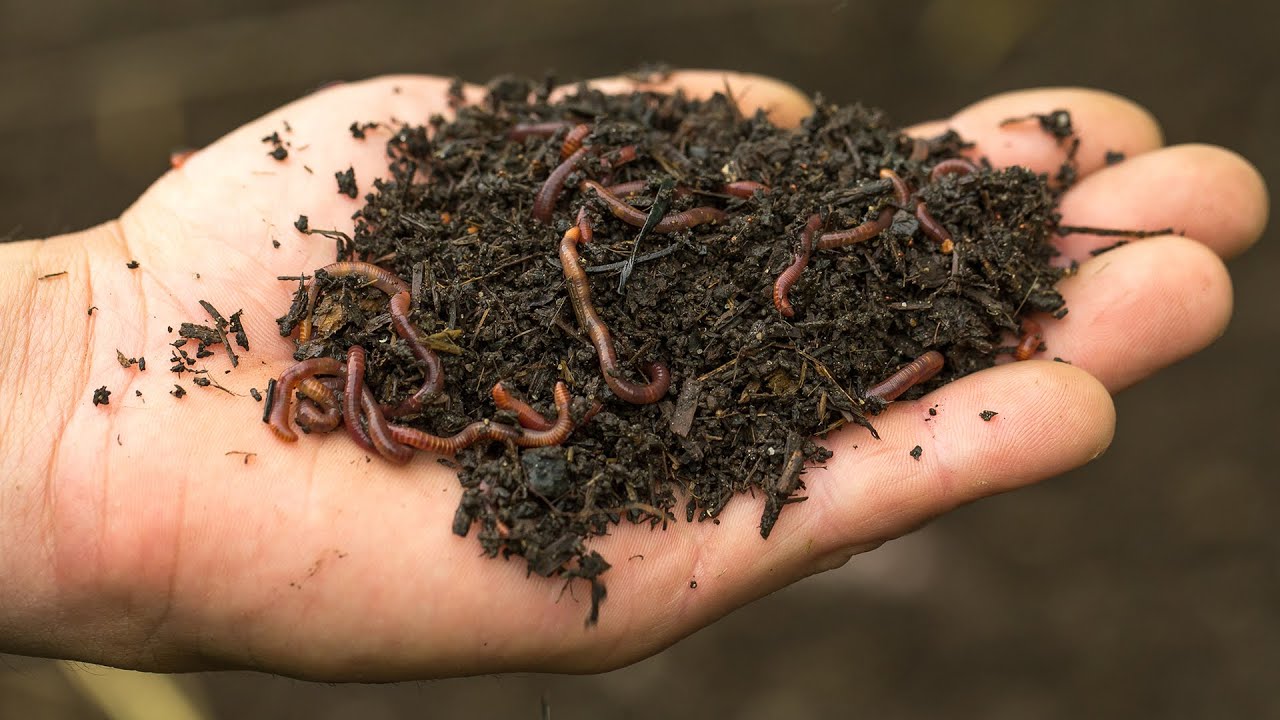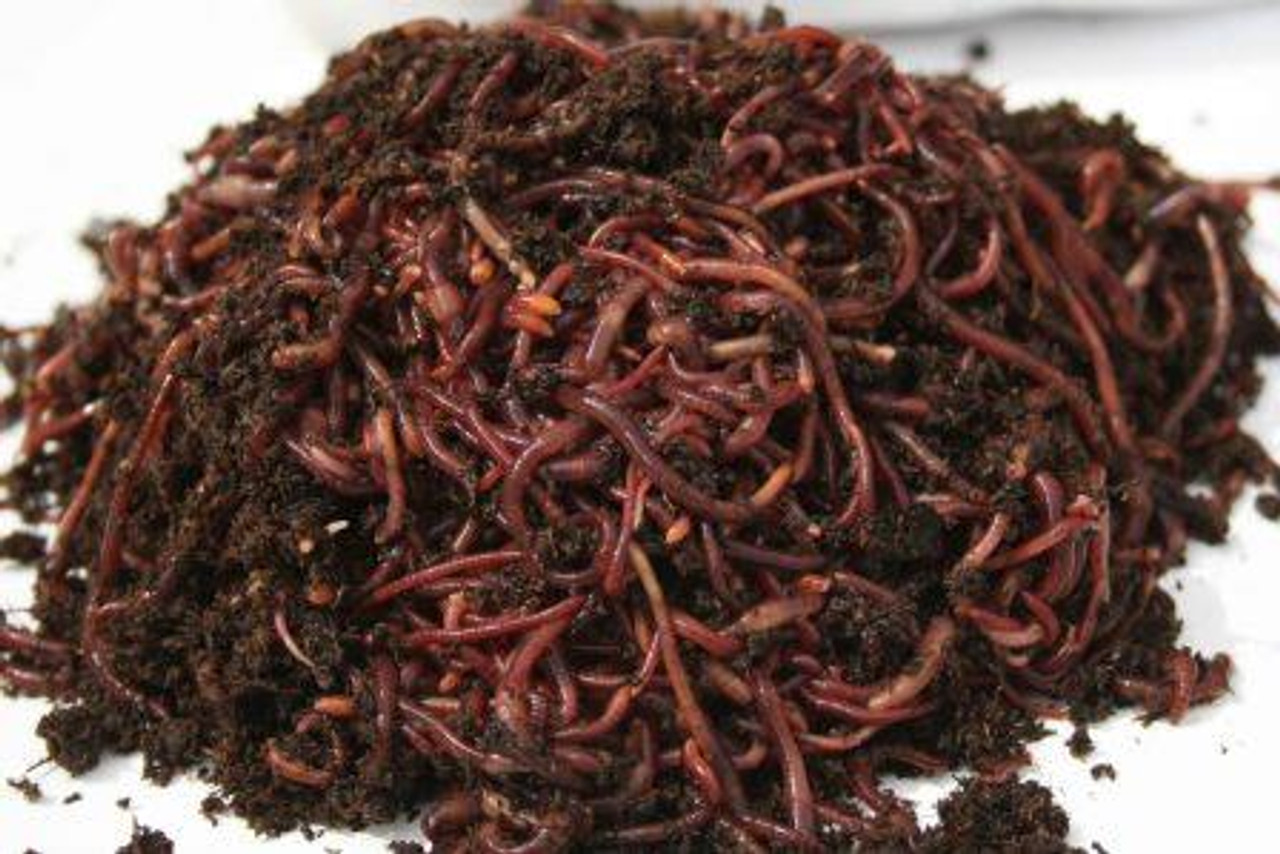Grasping Red Wiggler Composting: Essential Practices for Healthy Composting
Grasping Red Wiggler Composting: Essential Practices for Healthy Composting
Blog Article
Checking Out the Mechanisms of Red Wiggler Composting: A Comprehensive Guide to the Process and Its Favorable Effect On Sustainable Gardening Practices
The complex mechanisms of red wiggler composting, utilizing the distinct physiology of Eisenia fetida, present an engaging opportunity for improving sustainable gardening techniques. As metropolitan gardening gains grip, understanding the subtleties of this composting method comes to be significantly relevant.
Understanding Red Wigglers
Red wigglers, medically recognized as Eisenia fetida, are a types of earthworm highly pertained to for their efficiency in composting natural waste. These worms prosper in nutrient-rich environments, specifically in rotting natural matter, making them suitable for vermicomposting systems - Red Wiggler Composting. Identified by their reddish-brown pigmentation and fractional bodies, red wigglers are smaller than common earthworms, usually measuring between three to four inches in size
Their special physical traits boost their composting capabilities; as an example, they have a high reproductive price, enabling populaces to multiply quickly under suitable problems. Red wigglers take in natural product, simplifying with their digestive system systems, which leads to nutrient-rich castings that serve as an exceptional natural fertilizer. Their starved hunger allows them to refine huge volumes of food waste successfully, dramatically minimizing landfill contributions.
In addition to their composting prowess, red wigglers play a crucial function in soil wellness. Red Wiggler Composting. They aerate the dirt and help with the decomposition of organic matter, additional improving the soil community. Understanding the qualities and ecological advantages of red wigglers is crucial for anyone wanting to carry out sustainable horticulture techniques with efficient composting approaches
The Composting Refine
The composting procedure entails damaging down natural materials into nutrient-rich compost, a task that red wigglers excel at due to their specialized digestive systems. These worms consume food scraps, lawn waste, and various other raw material, transforming them right into useful compost through a collection of chemical and biological processes.
Initially, the raw material is blended with bed linen products such as shredded paper or dried leaves, developing an optimum setting for the worms. As the red wigglers ingest this mixture, they simplify with their intestine, where microbes better disintegrate the material. This procedure creates warmth, advertising microbial activity, which accelerates decay.

Advantages of Red Wiggler Composting
Eco-conscious people and many garden enthusiasts acknowledge the countless benefits of red wiggler composting, making it a preferred option for efficient waste monitoring. One of the key advantages is its capability to substantially reduce natural waste in landfills - Red Wiggler Composting. Red wigglers effectively damage down cooking area scraps and various other naturally degradable materials, transforming them into nutrient-rich vermicompost that enhances dirt health and wellness
In addition, red wiggler composting enhances dirt structure and fertility. The other resulting vermicompost is including valuable bacteria, which promote plant growth and enhance nutrient retention. This all-natural plant food not only sustains sustainable gardening techniques however also reduces reliance on chemical plant foods, cultivating a much healthier environment.
Furthermore, red wiggler composting is a space-efficient method, making it suitable for city gardeners with limited room. The process can be conducted inside your home or outdoors, permitting year-round composting no matter environment problems. Moreover, red wigglers are low-maintenance microorganisms that call for minimal treatment, making them easily accessible for novice gardeners.
In essence, the benefits of red wiggler composting prolong past waste find out here now reduction; they add to much healthier soils, sustainable gardening techniques, and environmental stewardship, placing it as a valuable method in contemporary horticulture.
Ideal Practices for Composting
For effective red wiggler composting, adhering to ideal practices is necessary to make best use of performance and ensure an efficient atmosphere for these worms. This balance advertises optimum disintegration and boosts the worms' health and wellness.
Following, display dampness levels, aiming for a damp, sponge-like uniformity. Excessively damp conditions can cause anaerobic disintegration, while extreme dryness might impede worm activity. Additionally, ensure appropriate aeration by transforming the compost frequently, which helps prevent compaction and permits ample oxygen circulation.
Temperature is one more crucial aspect. Preserve a series of 55 ° F to 77 ° F(13 ° C to 25 ° C) to advertise worm activity and microbial development. Stay clear of introducing meat, dairy products, and oily foods, as these can draw in pests and develop odors.
Enhancing Sustainable Horticulture
Lasting horticulture embodies an alternative strategy that balances environmental concepts with functional gardening strategies. By integrating approaches such as red wiggler composting, gardeners can considerably boost their techniques, cultivating a more resistant ecological community. Red wigglers, renowned for their effective decay capacities, transform organic waste into nutrient-rich garden compost, thus enriching the dirt without counting on chemical plant foods.
Carrying out lasting horticulture methods, such as crop rotation, companion growing, and mulching, further enhances the advantages of composting. These techniques not only improve soil structure and fertility however also advertise biodiversity, attracting advantageous insects and microorganisms that add to plant health. Utilizing native plants can decrease water consumption and reduce upkeep, aligning with water conservation initiatives.

Conclusion
In conclusion, red wiggler composting represents a crucial approach for improving sustainable gardening practices. Eventually, the fostering of red wiggler composting can dramatically contribute to eco-friendly gardening, profiting both metropolitan and amateur garden enthusiasts in their cultivation efforts.
The complex systems of red wiggler composting, making use of the unique physiology of Eisenia fetida, offer a compelling method for enhancing lasting gardening methods. Understanding the features and eco-friendly benefits of red wigglers is crucial for anyone looking to execute sustainable horticulture techniques via effective composting methods.

In final thought, red wiggler composting stands for an essential method for improving sustainable horticulture practices. Inevitably, the adoption of red wiggler composting can considerably add to green horticulture, profiting both metropolitan and beginner garden enthusiasts in their growing initiatives.
Report this page